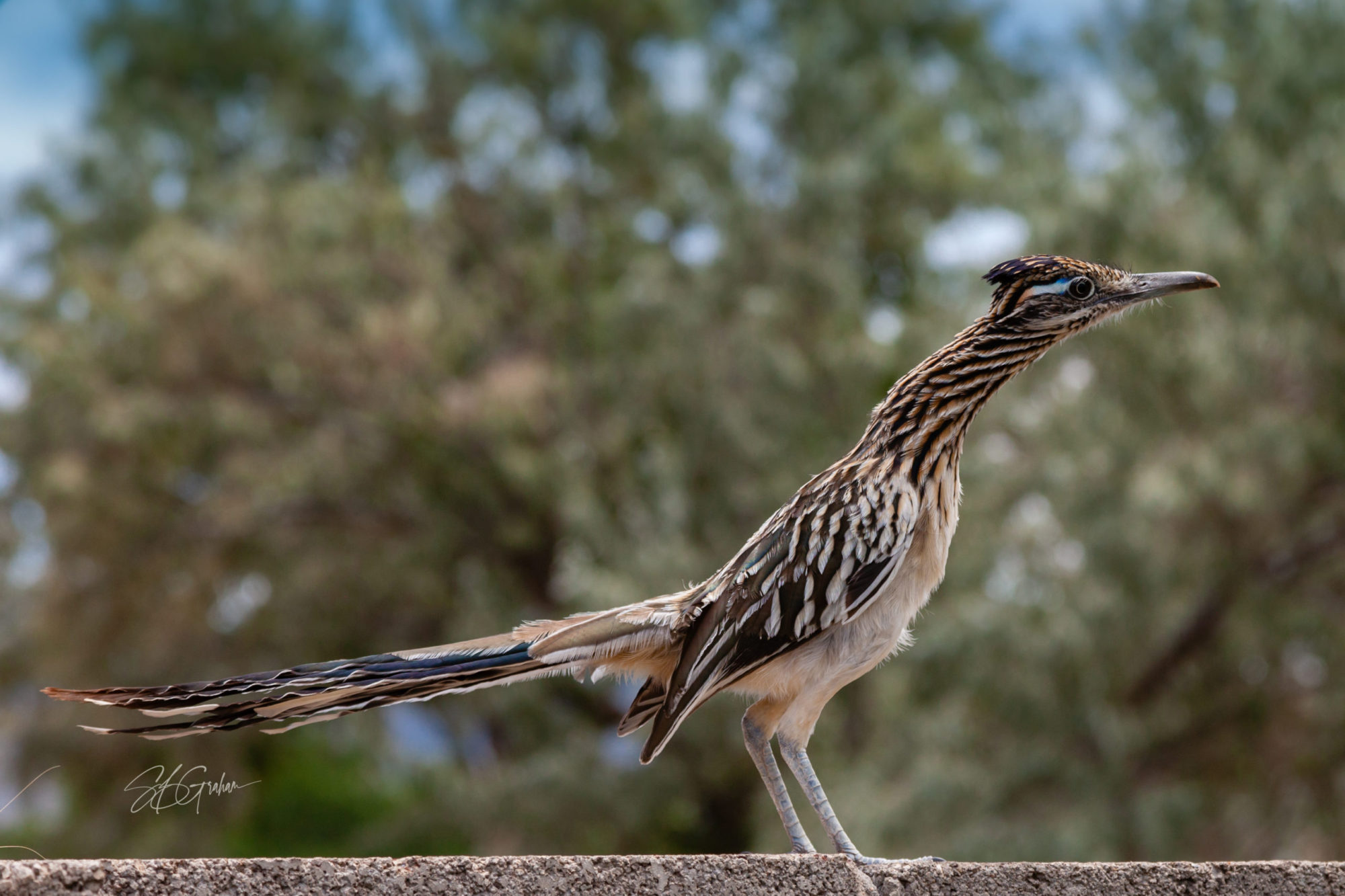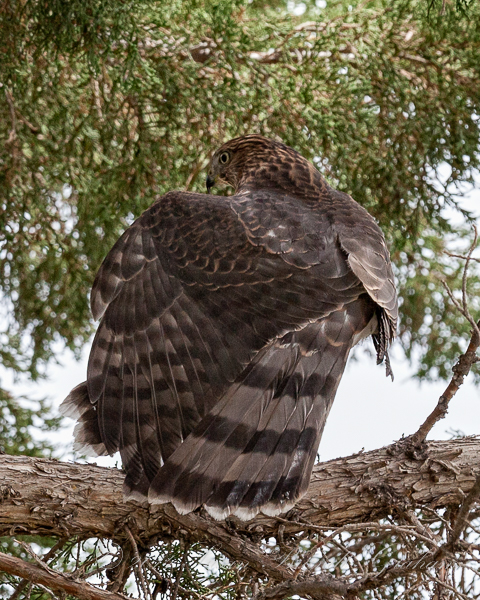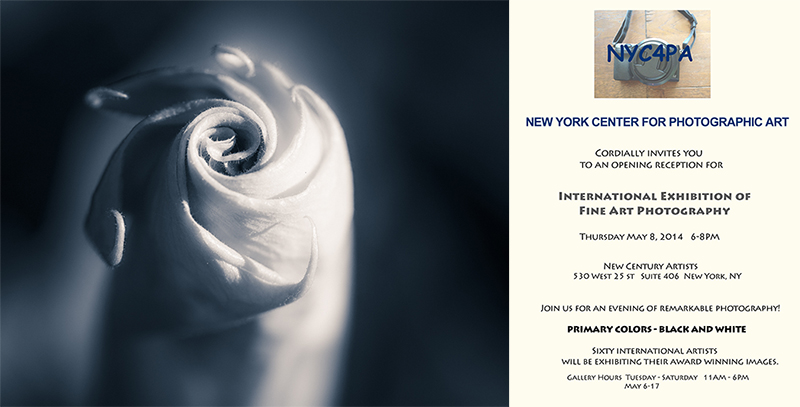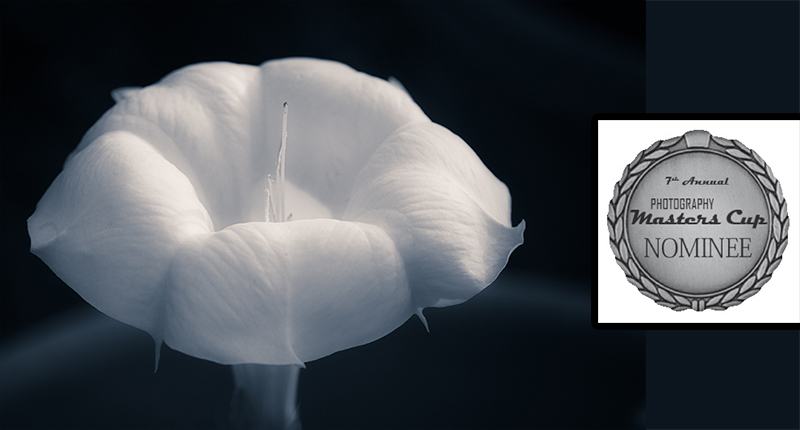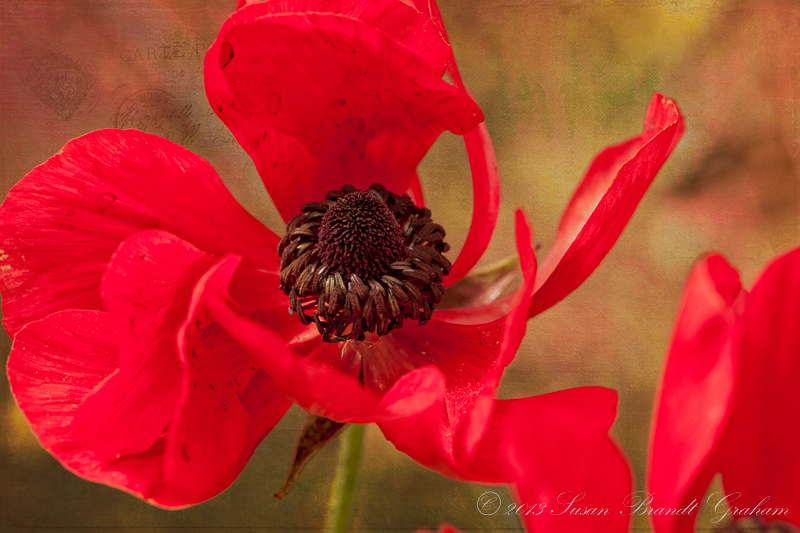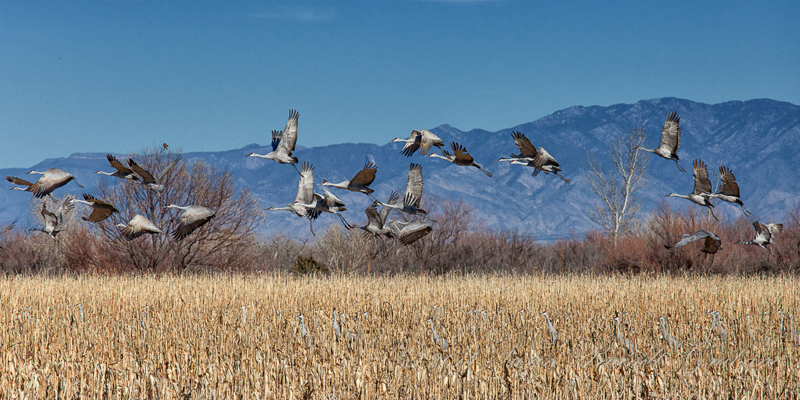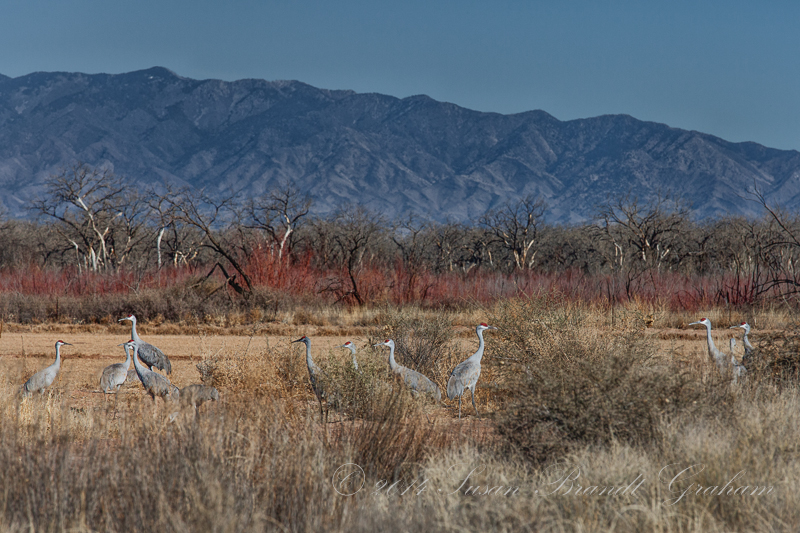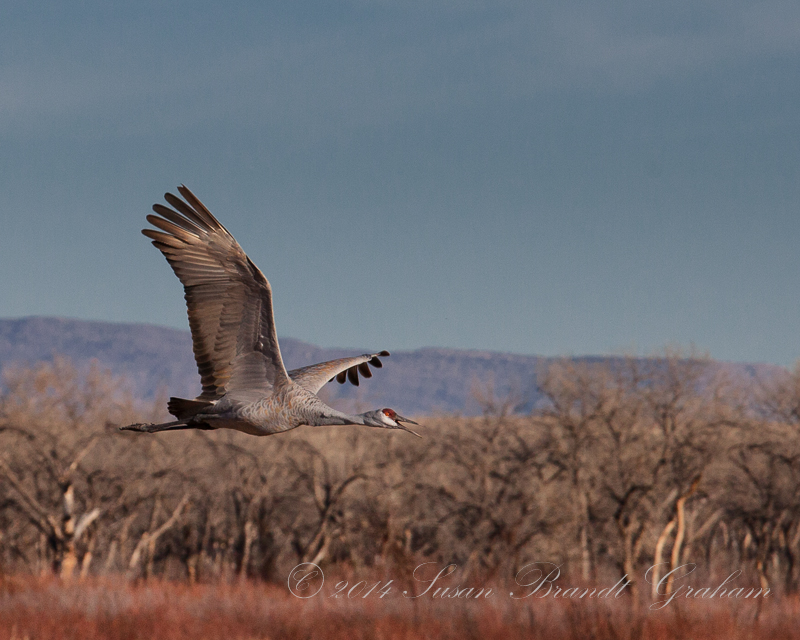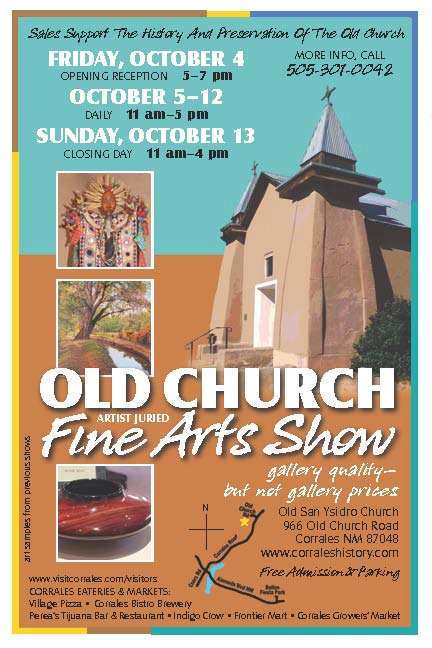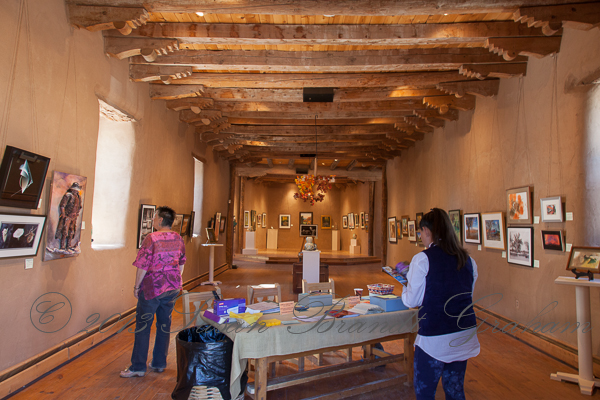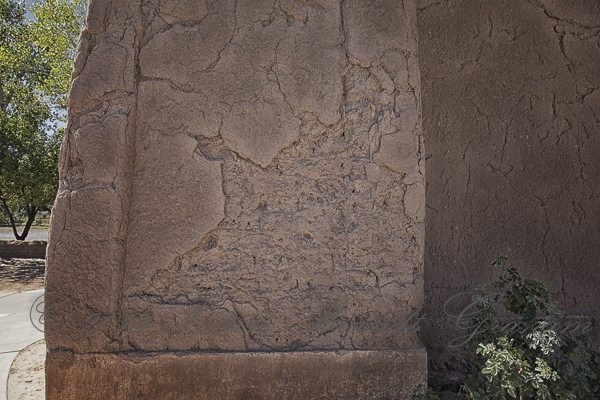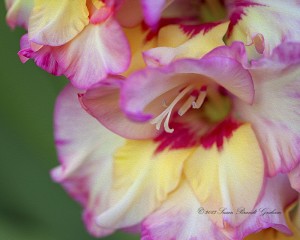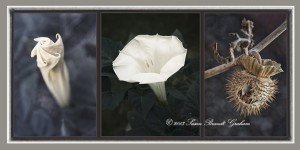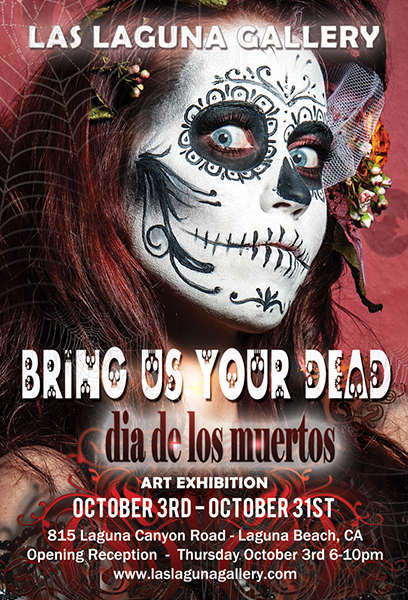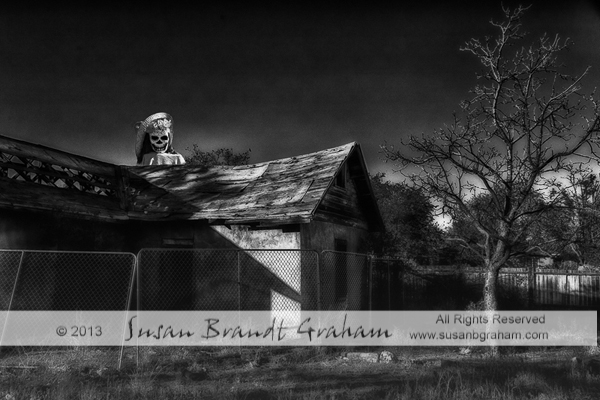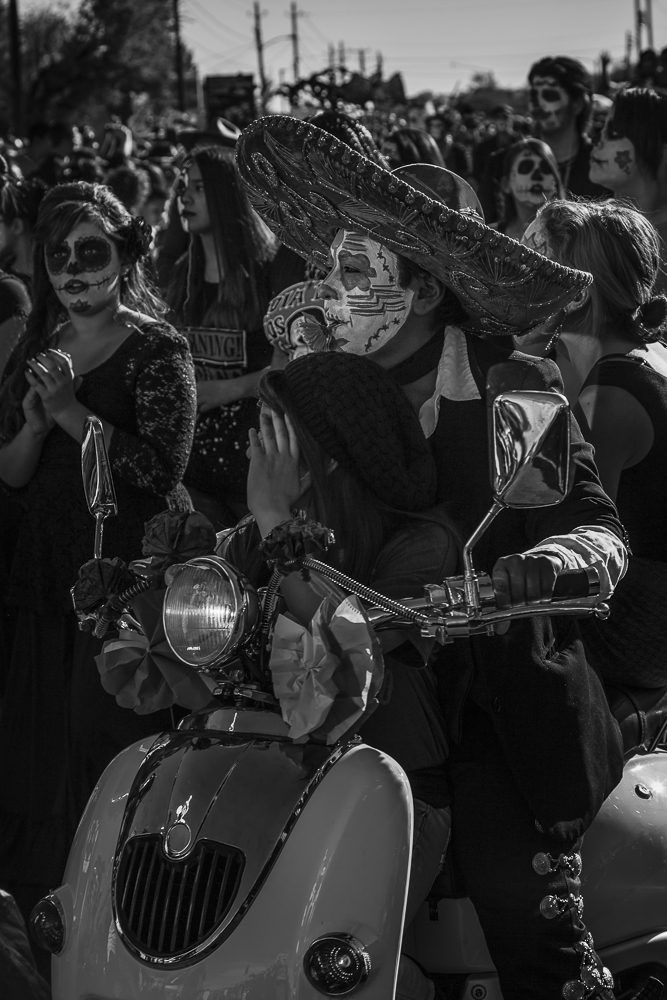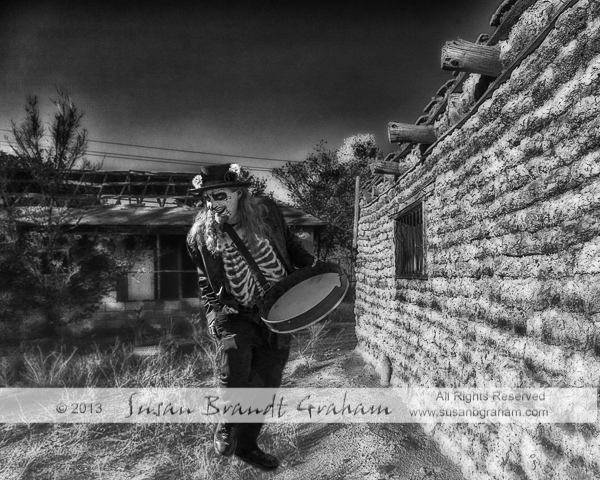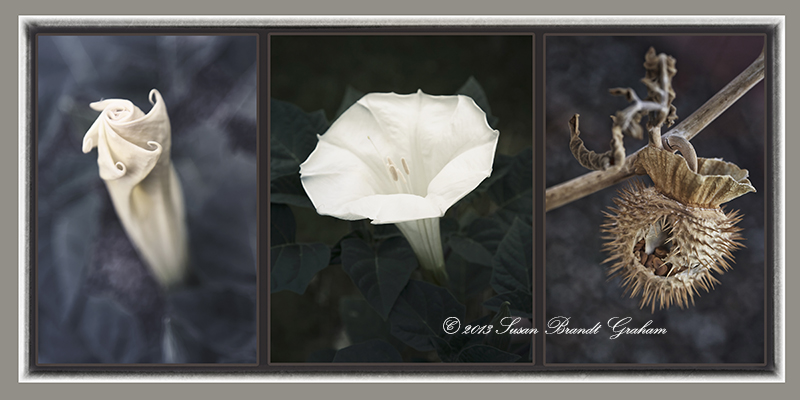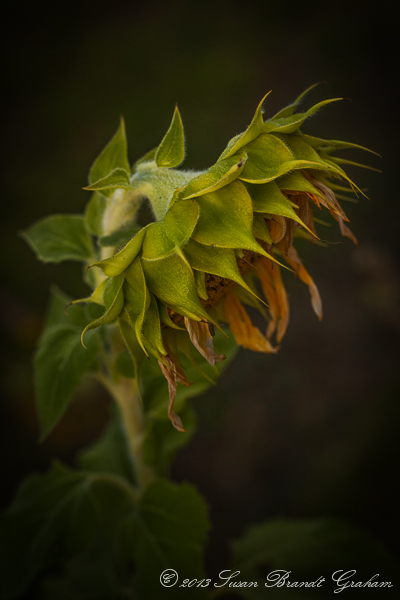Cooper’s Hawk, Immature
This weekend, I had the opportunity to observe and photograph an immature Cooper’s hawk for almost an hour. I was very fortunate in actually seeing it fly into a juniper tree, where it was quite well hidden. I would not have seen it, had I not seen it fly in.

Over the years, I have seen this and other hawks in the neighborhood. This is the longest time, however, I have had the opportunity to be “up close and personal” in such an intimate way with any wild animal, bird or otherwise. I knew at the time I had seen something extraordinary. Later, processing the images over several days, I saw many things I had not “seen” at the time. I have evolved from finding this an “interesting’ encounter to developing a tremendous amount of respect for this young hawk. This slide show contains many images from the encounter; some better than others. I include so many in hopes of sharing the depth of my encounter with this bird and its with me.
To see the image in full screen mode, click on the button in the lower right hand corner. To control the volume of the soundtrack, click on the button just to the left of it. I hope you enjoy viewing it as much as I enjoyed putting it together.
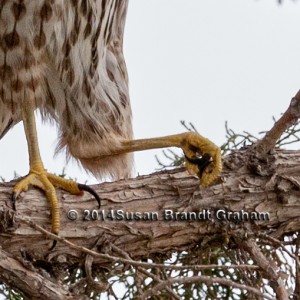
Albuquerque seems to be an ideal spot for the Cooper’s Hawk! I do indeed live in an “urban forest” area, and my own yard could be described as such. I feed many small birds at a variety of feeders, an enjoy seeing them daily and as they change seasonally.
I had accidentally seen this hawk fly into the tree. When I heard my scrub jays going nuts, I was concerned about a little fledgling scrub jay I have been attempting to encourage to come closer by feeding peanuts when I was out. I had been out and taken a few images, but the bird was hidden enough I did not try for more, initially. But, when I heard the jays, I thought if I went out, perhaps the hawk would fly someplace else for dinner that particular day. I took my camera, although I thought good images would not be possible.
The hawk had moved to a much better spot for photography. Still concerned about the fledgling jay, and with the hawk showing no signs of leaving, I decided to keep moving closer and closer. When I got close enough, this hawk put on an amazing display, which I interpreted (and still do) as a challenge to me. It was beautiful and mesmerizing; I had never seen anything like it. It seemed to go on forever, and I kept photographing. In reality, the entire display lasted 18 seconds!!!
